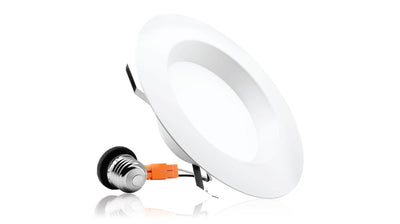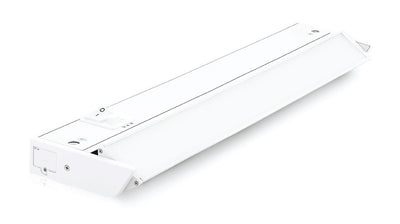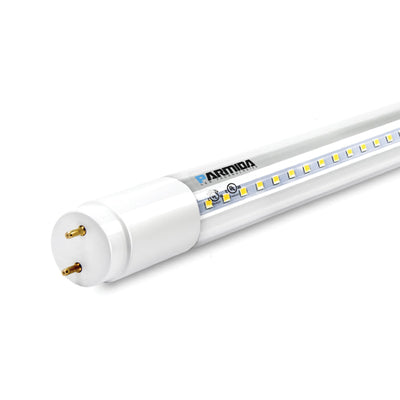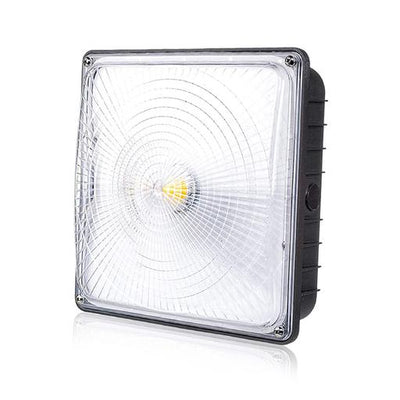
Why are My Lights Flickering?
When you install lighting in your home, you hope you won’t have to think about the maintenance or repairs on them again. With LEDs, that is most often the case, and one of their most attractive features. However, sometimes, you can encounter some minor disturbances with your lights, with one of the most common ones being flickering. A flickering light is usually a simple fix and is typically nothing to be too concerned about. If you’re having trouble with your lights, please remember to hire a licensed electrician to help you with your lighting concerns.
Encountering flickering with your fluorescent lighting is usually nothing to worry about. Fluorescent lights can experience flickering when they are turned on as the lights power up and reach their full light output capacity. If this is happening to your fluorescents, this is normal. However, if you find this to be bothersome, you might consider switching from fluorescents to LEDs as they do not flicker or use excess energy when powering on.
Additionally, if your fluorescent lights or LED lights were installed and connected to a ballast, flickering could be a sign that your ballast is malfunctioning or failing. If your ballast is in fact failing, you will need to either replace your ballast or you will need to bypass the ballast and direct-wire your light fixture. Directly wiring your fixture eliminates some potential issues that can occur with T8 tubes, namely flickering. To learn more about why we recommended bypassing the ballast, click here. Moreover, another checkpoint when determining the source of flickering lights is that there is a connection that is not secure or done correctly, which can include the connection to your dimmer or a connection to a driver within the lamp. On the bright side, these issues are minor and often do not require extensive electrical work.
One of the most common reasons for a flickering light is that the bulb is not properly screwed into the socket. Keep in mind that this can happen in recessed lighting as well. Checking this issue is usually quite simple; however you must turn your light off and let it cool before touching it. When touching the bulb after it’s cooled, you should have a strong barrier between your hand and the bulb for safety, as the bulb can still be hot to the touch. Once the bulb has been tightened, your light should stop flickering.
If your lights are flickering, there could be a problem with the light switch. In some cases, the bulb and the light switch are not connected properly and therefore not completing a secure circuit connection. Switching the light switch back and forth to the on and off position could be fix your issue. However, if the issue persists, your switch could be faulty or defective and you should consider removing the existing switch and replacing it with a new one. This is another minor issue that is a simple and quick fix.
If you have dimmable lights, it’s important to ensure that your dimmer switch and your light are compatible with one another. This will cause the light to flicker. This is especially true of LED lighting. You must connect LED lights to LED compatible dimmers to avoid any flickering. Your problem should go away once you’ve replaced the incompatible dimmer with one that is compatible. A compatible dimmer list is also a helpful resource, if your lights provide one. It’s also possible that you have installed a non-dimmable light into a fixture that is dimmable. We recommend examining the labels on your bulbs to determine if this is the problem. If you notice that you have installed a light that is incompatible, you should contact an electrician and request that they help you rectify your issue and install compatible lighting products in your home. A licensed electrician will also make sure that the dimmer switches can handle the wattage of the bulbs that they install, to ensure the safety of the lights in your home.
Electricity runs to several different sources in your home, including your lighting and appliances. If you are noticing flickering lights, it’s possible that it could be coming from your appliances. Appliances often have a high wattage and when they are in use they can affect the overall voltage present in your home. If you notice that the flickering subsides when you stop using your high wattage appliances, then it’s most likely just an inrush of electrical current that fluctuates, simply because they require the most power to turn on. If you do not have your appliances like your washer, dryer, fridge, and other high wattage appliances on separate breakers, you should consider having a certified electrician take a look and help you rectify the situation.
However, if the flickering persists beyond the use of your appliances, then you should definitely have an electrician come and investigate the cause of your issue. This could signal a more difficult and serious problem where you should consult an electrician.
If your flickering lights continue to persist after exhausting all of these other solutions, another issue you could be facing is loose electrical wiring. This is a problem that can create serious safety concerns and we recommend having an electrical take a look at the wiring in your home, in order to isolate and fix any issues they see as a possible safety concern.

















Leave a comment